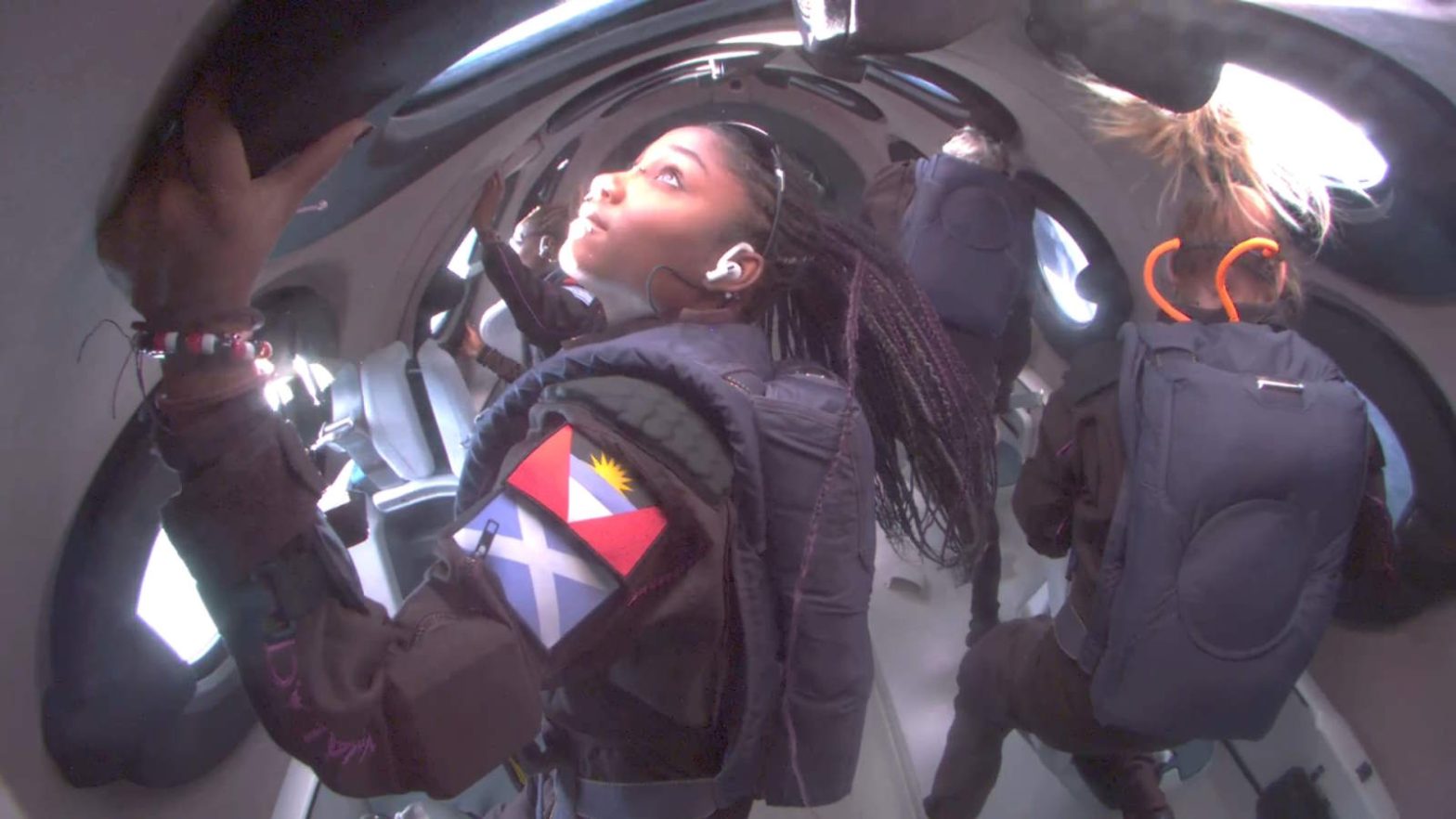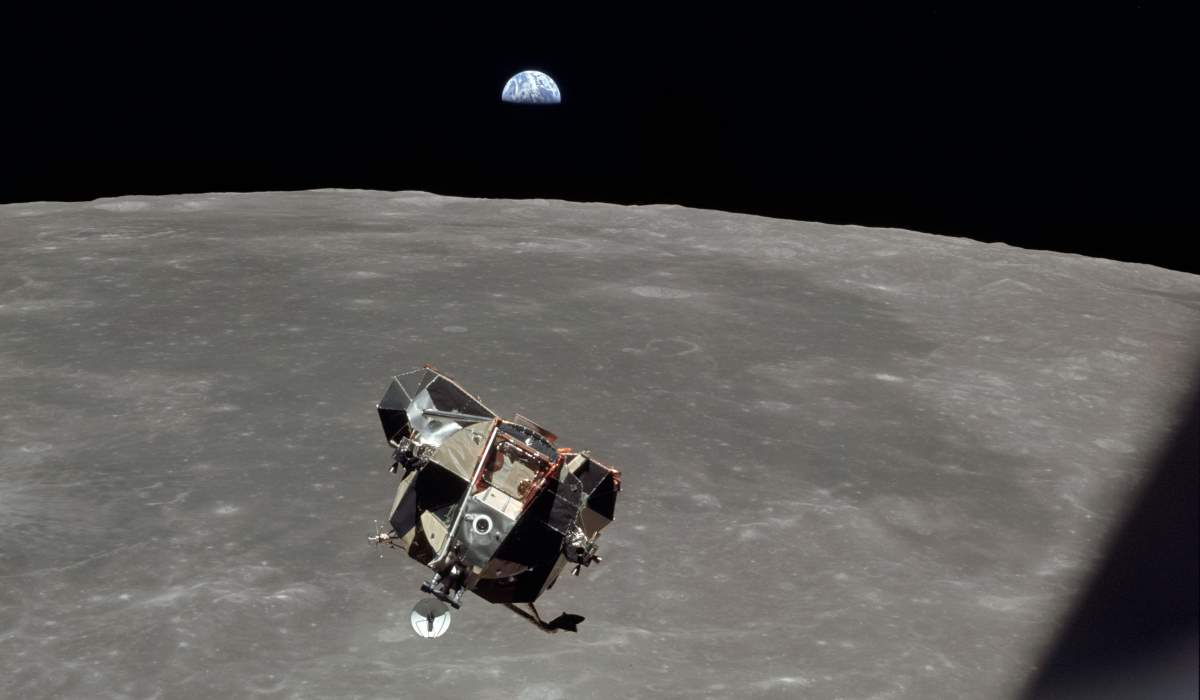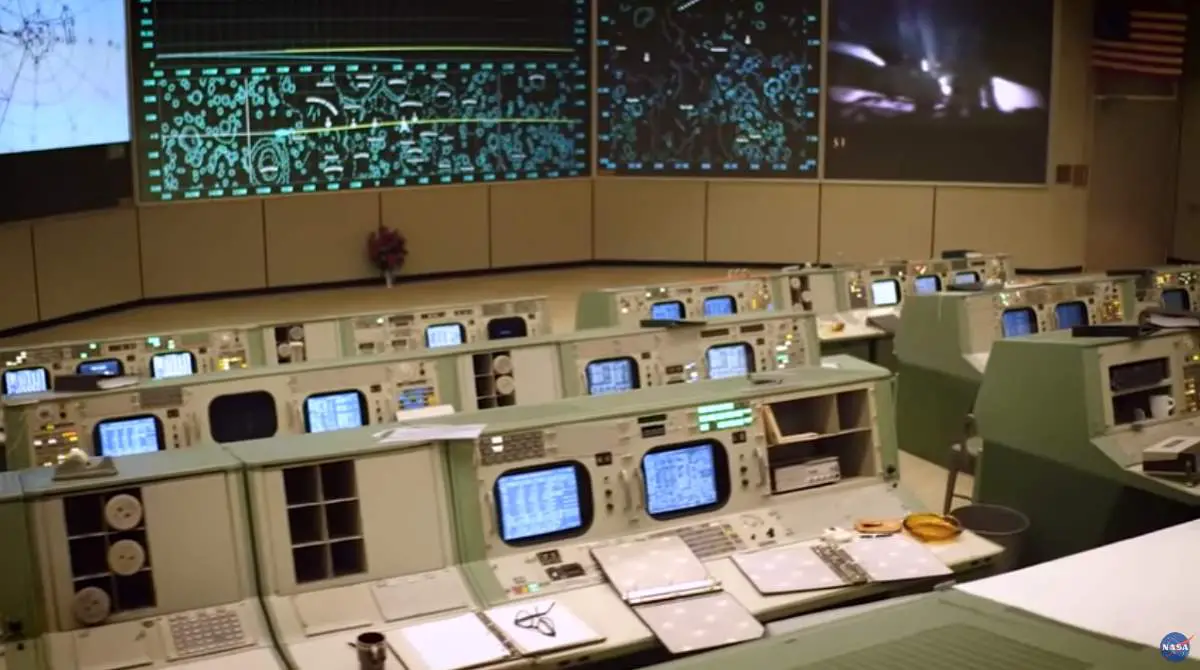This 1965 MIT Science Reporter television program serves as a remarkable time capsule, capturing a pivotal moment in the history of space exploration and computer technology. Presented by MIT in association with WGBH-TV Boston and produced for NASA, the program provides an in-depth look at the Apollo guidance computer and navigation equipment, a technological marvel …
Continue reading “Apollo Guidance Computer [1965 TV Program]”









